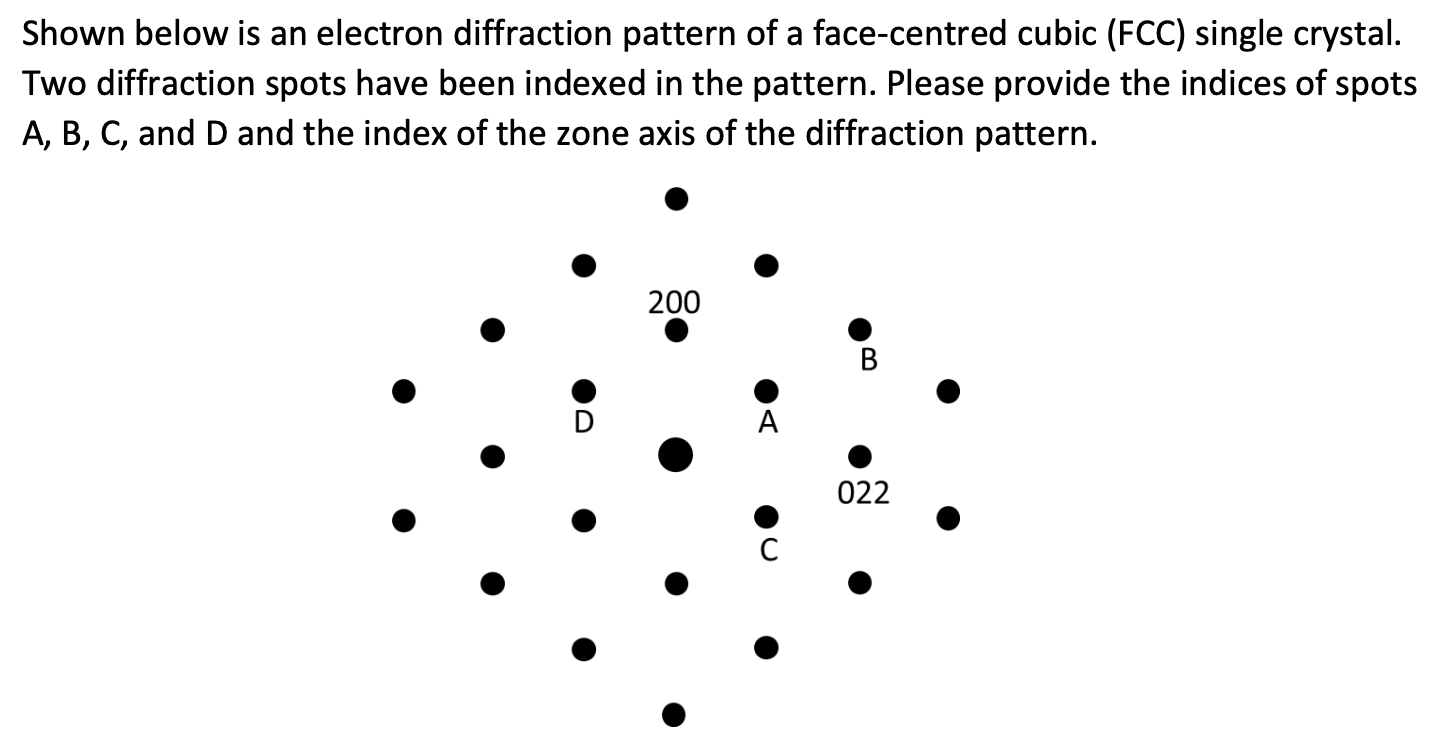

408 to 409, equation 14-1),Įquation 12-1 can be simplified for comparison of two reflections which correspond to two different phases in a metal sample, such as a powder mixture of molybdenum and copper. Phase Composition for mixed phase metals (more than one crystal structure):Īs Cullity described on p. In addition, account must be made for the multiplicity of planes in a crystal, variation in thermal broadening with angle and some other factors, see The intensity from a diffractometer in reflection geometry must be corrected for the angular dependence of absorption/beam profile and for the Lorentz Polarization factor which is also angularly dependent. There are alternative approaches to determination of phase composition including density measurements, thermal analysis and spectroscopy, but XRD remains the most robust and simplest technique so it is of dominant importance. For a multi-phase metal this corresponds to a quantitative analysis of the phase composition. This means that for a material with multiple phases, crystalline/amorphous or several crystalline phases, XRD can be used to determine the volume fraction of these phases. The integrated intensity from a diffraction peak is proportional to the volume fraction of that material in a sample. From the FCC brass structure determine the distance of closest approach and find the number fraction zinc in the brass key.Vegard's Law predicts a straight line for this plot for brass.Make a plot of closest approach distance versus number fraction zinc, at 0 this is the distance for pure copper determined above and at 1.0 this is the number determined above for copper.Determine the distance of approach for the two patterns ( for HCP this is "a", for FCC this is "a"/ √ (2).Index both crystal structures and determine the lattice parameters.Measure the diffractometer trace for copper and zinc.In the powder mixture a calculation of the relative intensity of two peaks will be used to determine the amount of BCC Moly and FCC copper in a mixture containing independent crystals of these two materials. Vegard's Law will be used to determine the zinc content by consideration of the shift in the lattice parameter for the FCC pattern. This lab will involve the analysis of composition of two samples, a brass key, composed of a substitutional solution of zinc in copper (FCC) and a physical mixture of copper (FCC) and molybdenum (BCC) powder. 139 section 4-12 and equation 4-21 for Diffractometer. 12-6, Chapter 14 (Phase Analysis), Chapter 7 (Diffractometer), pp. New Cullity and Stock: Chapter 11, Figure 11-6, Chapter 12 (PhaseĪnalysis), Chapter 6 (Diffractometer), Chapter 4 (Calculated Diffracted Intensity) Objective: To become familiar with use of the diffractometer for quantitative analysis of phases in mixtures/alloys of metals. Λ = 0.1542 nm \lambda = 0.1542 \textĭ 311 = 2 sin ( 45.25 ° ) 1 ⋅ 0.1542 = 0.Lab 6: Diffractometer/Phase Analysis & CompositionĬopper Wire (oriented), Copper Plate (unoriented), Zinc Powder, Brass Key, Moly Powder, Moly/Copper Powder


 0 kommentar(er)
0 kommentar(er)
